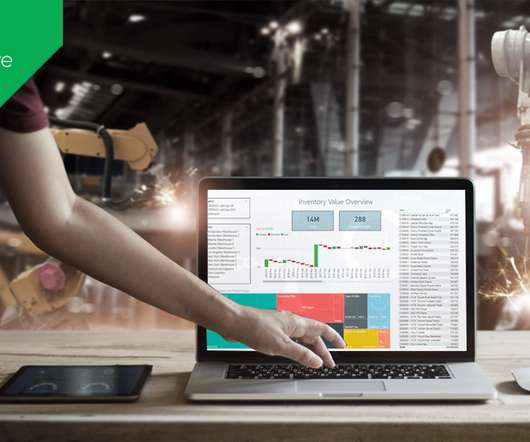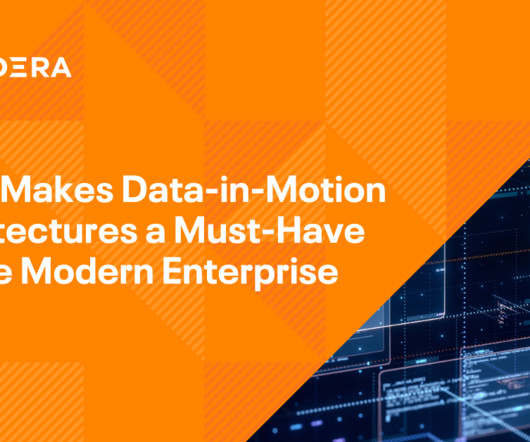The EU AI Act is here. Are you prepared for it?
CIO Business Intelligence
MARCH 25, 2025
The EU AI Act will be implemented in stages over the next two years, starting in February 2025, and the EU Data Act will be implemented in stages starting in fall 2025. Design reporting and monitoring In this step, essential key performance indicators (KPIs) should be defined for later reporting.






















Let's personalize your content